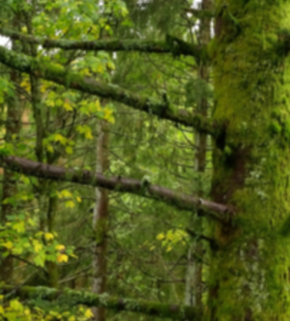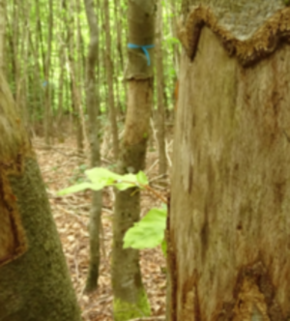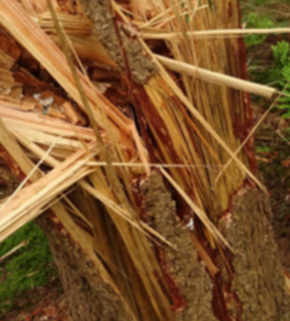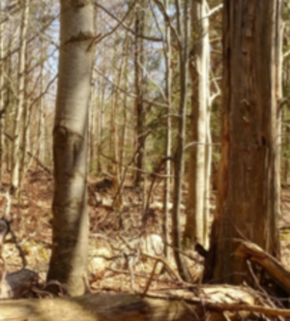Best Practice Knowledge Base
4. Specific Habitats
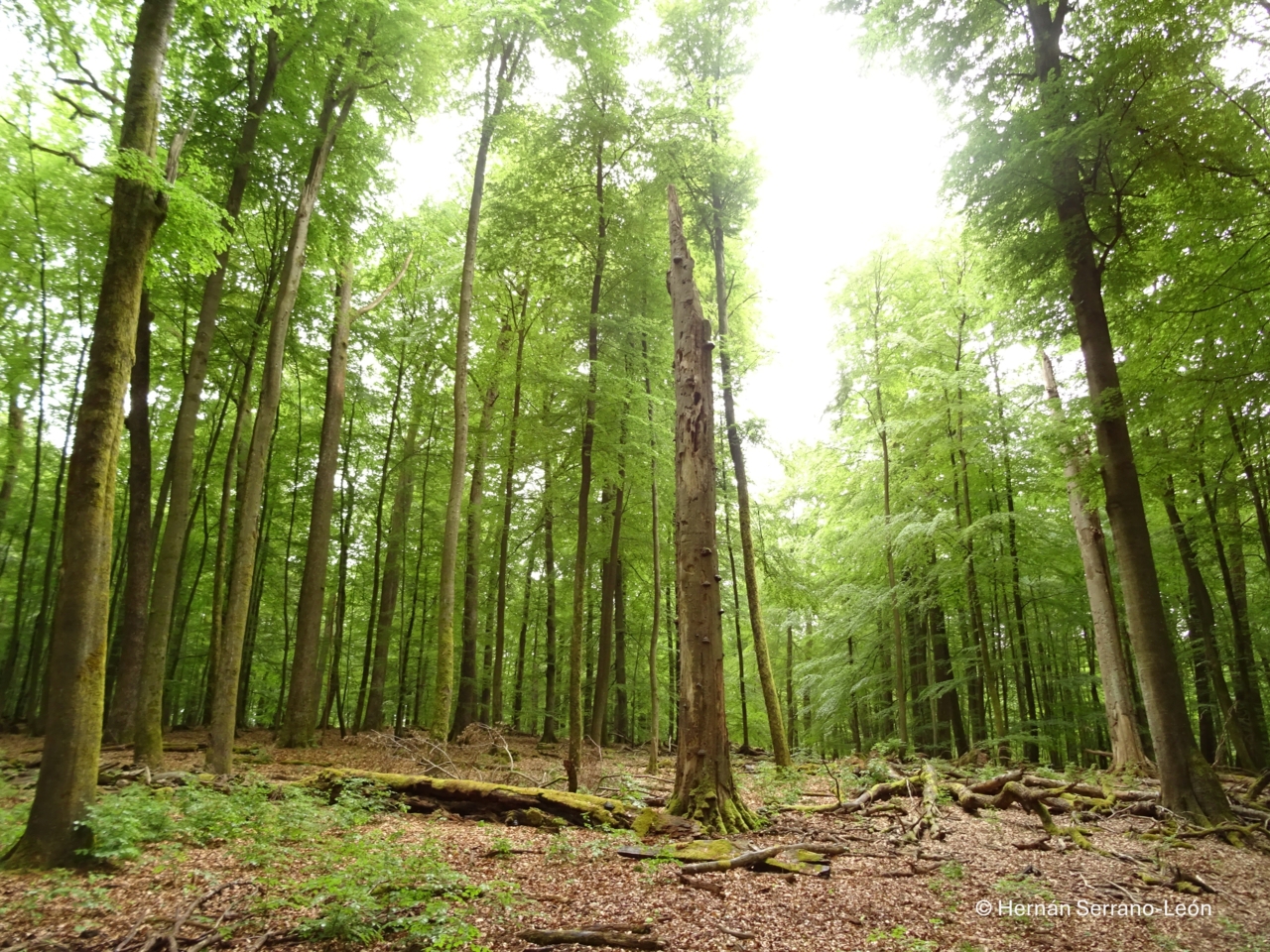
Deadwood microhabitats. Rhineland-Palatinate, Germany © Hernán Serrano-León
Restoring specific habitats within forest ecosystems is essential for supporting biodiversity. Specific practices promote key microhabitats and structural features of natural forests often missing in degraded forests. Such techniques are used to replicate or accelerate natural processes, enabling the recovery of habitat conditions critical for a wide range of forest-dwelling species. These approaches contribute to more biodiverse and ecologically balanced restoration outcomes.
4.1 Veteranization of trees
Veteranization is a proactive technique used to accelerate the development of ecological features typically found in ancient or mature trees, such as cavities, decaying wood, and dead branches. These features provide critical habitats for a variety of species, including birds, bats, insects, and fungi, which play essential roles in forest ecosystems. By artificially inducing these traits in younger trees, veteranization helps compensate for the lack of old-growth trees and the biodiversity they support, bridging the gap until naturally aging trees can fulfill these roles.
4.2 Girdling
Girdling is a technique in which a strip of bark and cambium layer around the circumference of a tree trunk is removed. This disrupts the downward flow of photosynthates, leading to the gradual death of the tree. Girdling is particularly effective in controlling invasive tree species without the immediate ecological disturbances associated with felling. Additionally, girdling can create standing dead trees or snags, which creates microhabitats that enhance biodiversity. This method avoids the use of chemicals and minimizes soil disturbance, making it a valuable tool in sustainable forest management and restoration efforts.
4.3 Creation of microhabitats
Specific microhabitats or tree-related microhabitats (TREMs) can be promoted by preserving or introducing specific structural features within trees and the forest floor that can support flora and/or fauna. These microhabitats include cavities, bark fissures, deadwood, and epiphytic plants, among others, which provide essential resources for species such as birds, bats, insects, and fungi. By fostering these microhabitats, restoration efforts can enhance biodiversity, promote ecological resilience, and more closely emulate natural forest conditions, while also acting ecological indicators. Implementing this approach requires careful planning to balance conservation objectives with other forest management goals.
4.4 Deadwood retention
Retaining deadwood in forest restoration is a critical practice for enhancing biodiversity and ecosystem functionality. Deadwood, encompassing standing dead trees (snags) and fallen logs, provides essential habitats for a multitude of saproxylic organisms (eg. fungi, insects, and lichens). The presence of deadwood supports complex food webs and is essential to nutrient cycling within forest ecosystems. Translocating or creating deadwood can rapidly establish high-quality habitats, facilitating the colonization of deadwood-associated species in the restoration areas and enhancing biodiversity by creating heterogeneity.


